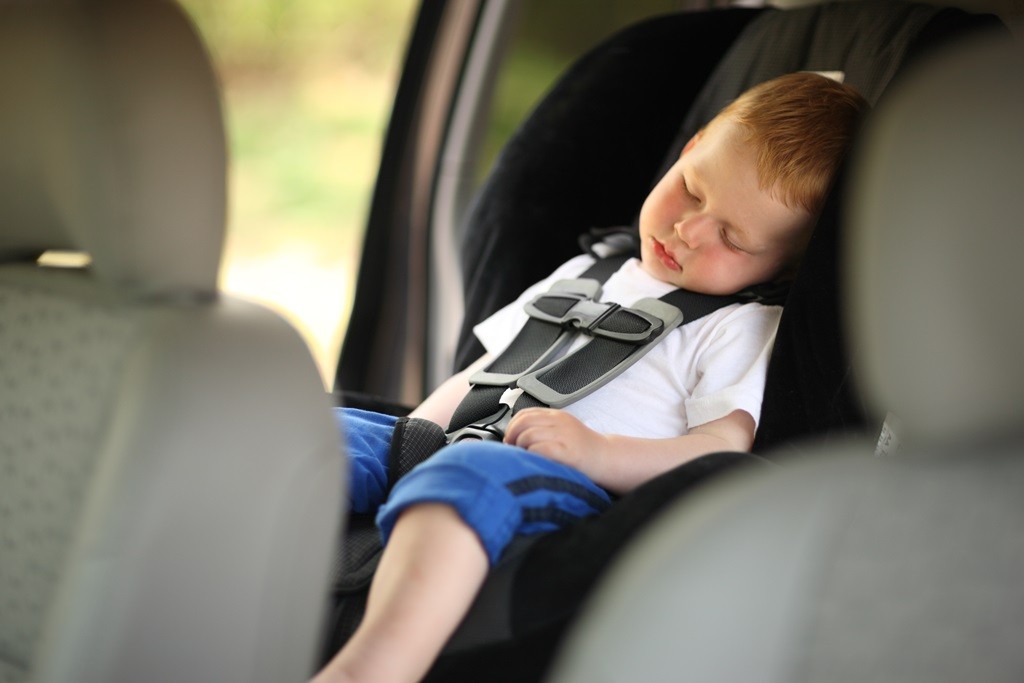Child passenger safety laws can be confusing, especially for new parents who are still learning the ins and outs of that very first car seat. But these laws are extremely important for both the well-being of children and, let’s face it — parents’ bank accounts.
Fines for a first offense of non-compliance with state passenger safety laws can range between $10 and $500, according to Governors Highway Safety Commission (GHSC.) Additionally, some states also tack on driver’s license points for noncompliance.
So, what can be so confusing about child passenger safety, anyway?. All U.S. states and territories mandate child car seats for babies and children, which is the easy part. However, these requirements vary by state depending on a child’s weight, height and age. The three general stages include: Rear-facing seats for infants, forward-facing seats for toddlers and booster seats for older children.
As far as booster seats are concerned, 48 states, the District of Columbia and Puerto Rico require booster seats for kids who have outgrown their car seat, yet are still too small to safely wear an adult seat belt. The two states that don’t have booster seat laws are South Dakota and Florida. Additionally, California, Oklahoma and New Jersey all have requirements for children under the age of 2 to be in rear-facing car seats. (For a complete listing of state passenger safety laws, check out this chart.)
States even vary on child passenger safety when it comes to school buses. States that require seat belts for school buses include: Florida, New Jersey, New York, Louisiana and California. One other state — Texas — mandates seat belts on school buses that were purchased after September 2010.
Even with all of the laws for a specific state in mind, parents often make mistakes when actually installing car seats. In fact, three out of four car seats are installed improperly, according to the National Highway Traffic Safety Administration (NHTSA.) And, according to a recent study, child car seats aren’t even compatible with cars 42 percent of the time.
The bottom line: If parents have questions about installing car seats, or about complying with state safety laws, they can always visit an NHTSA inspection station, where trained technicians can check and teach proper car seat safety. Sometimes, it can make the difference between life and death.
